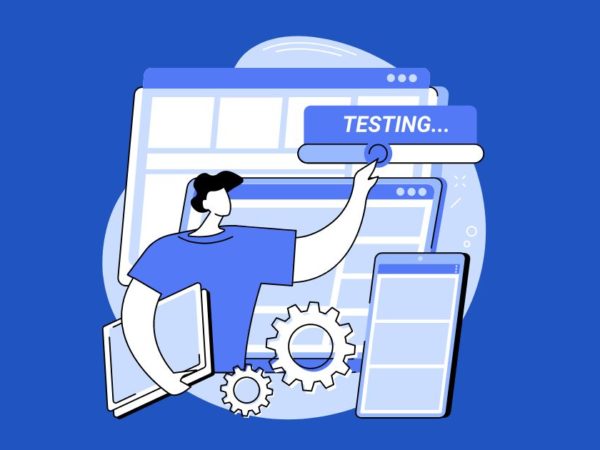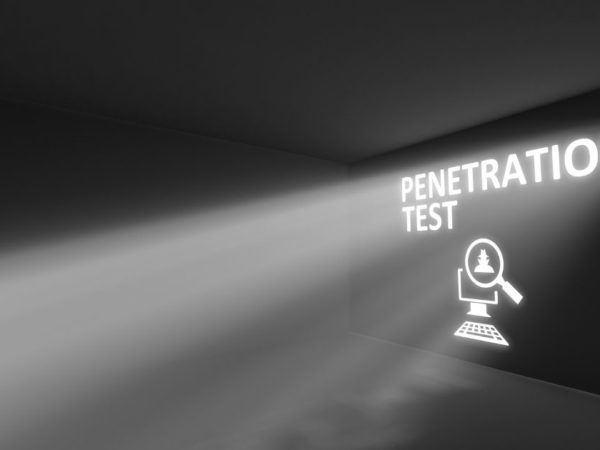In the software development world, preventive maintenance refers to the process of looking into the future to ensure that your software/ system keeps working as desired for as long as possible.
You may have acquired a sophisticated and costly system for your day-to-day activities. You may also choose to have an in-house team of developers to create a system to help in operations.
Unfortunately, the cost of the software does not end at the acquisition stage. If you want this software to run smoothly, you must invest in maintenance.
Maintenance can fall under four categories; adaptive, corrective, perfective, and preventive. Even though every type of maintenance has advantages, our focus today will be preventive maintenance.
In the contemporary world, preventive maintenance refers to operational data analytics, machine learning, and predictive asset health monitoring to optimize maintenance and lower reliability risks to business operations or a plant.
Why is Preventive Maintenance Important?
The main purpose of software preventive maintenance is to improve and correct faults. Preventative maintenance is a natural consequence of software evolution.
As a company, you must stay on top of changing software trends to present the best impression to your clients and enhance your platform’s efficiency.
Before a system is fully maintained, it goes through the following phases;
#1. Problem identification phase
Requests for modification are identified and assigned a number during this phase. Every Modification Request (MR) is then assessed to determine the type of maintenance that suits it. This step is necessary as there exist different types of software maintenance requests where every modification needs to be stored in its repository based on its type and priority. If preventive maintenance is identified as the solution, we move to the next step.
#2. Problem analysis phase
The scope and feasibility of each validated modification request are prepared, and a plan is laid down during this step. The initial estimate of resources, repository information, and project documentation are laid down during this stage.
A feasibility report is prepared in the problem analysis phase. Such a report will contain the following;
- Expected impact of the changes
- The organizational short-term and long-term goals
- Alternative solutions available
- Security and safety implications of the exercise
#3. Design phase
When it has been decided that changes should be made, it is now time to design how changes such as preventive maintenance will be carried out. The following is done during this phase;
- Identification of affected software modules
- Modification of the identified software module documentation. Things such as the program design language and data-flow diagrams are evaluated.
- Development of test cases for the new design
- Documentation of the updated requirements.
#4. Implementation phase
The actual modifications to the code are done during this phase. The following steps are followed during this phase;
- Coding and unit testing.
- Integration. The coded software is integrated with the existing system.
- Risk analysis and review. You don’t have to wait for the test phase to analyze risks associated with maintenance. Some of the risks you can evaluate are the provision of backup and data failure.
#5. Test phase
This phase ensures that no new faults will be introduced to the existing system. The input attribute will include updated software documentation, the updated system, and the test preparation review report. The modified software package will be exposed to system functional testing, regression testing, and interface testing.
#6. Acceptance Test phase
Once the modified software module has been tested, it is time to test whether the fully integrated system works as expected. The role of this phase is to detect errors and verify if the modifications have been made according to agreeable standards.
Some of the things that will be checked are the fully integrated system, acceptance test procedures, acceptance test plans, and acceptance test cases. An FCA report and the acceptance test report are generated at the end of this phase.
#7. Delivery phase
The modified software is presented to the end-users during this phase. Users also get useful files and updated documentation to describe how the software operates. These are the typical steps in the delivery phase;
- Physical Configuration Audit (PCA)
- Users are informed of the new changes
- The modified system is installed, and users informed
- A provision for the system back is provided
Types of Preventive Maintenance
#1. Usage-based
Usage-based preventive maintenance is done after the usual utilization of a system. Such an approach takes into account the daily usage of a system and uses it to set or forecast a date for maintenance or inspection.
#2. Time-based
Time/calendar base preventive maintenance after a certain time lapse. It can be weekly, bi-weekly, monthly, quarterly, semi-annually, or even annually. Maintenance action is automatically triggered when the due date approaches and all the necessary work orders have been created.
#3. Predictive
Predictive maintenance schedules corrective maintenance actions before an issue/ failure occurs. The team needs to evaluate the system’s state to estimate when maintenance should be done. Such maintenance tasks are scheduled to prevent unexpected system failure.
#4. Prescriptive
Prescriptive maintenance goes a step further and shows when a failure will occur and the causes. Such a preventive maintenance approach analyzes the different options and potential outcomes to mitigate risks.
When is preventive maintenance needed?
To fix bugs and errors
Bugs and errors may be available on a software system. Such bugs may not be affecting operations now. However, there might be anticipation that may cause issues when you introduce new features. Preventive maintenance will thus come in handy to fix these bugs to avoid future problems.
Produce stable operations
Systems tend to fail when you least expect it. You may be, at times, forced to halt operations as you try fixing issues, inconvenience others, and lose money in the process. Preventive maintenance reduces such interruptions and ensures your firm is operating as expected.
Resolve issues impacting operations before they arise
Some simple maintenance routines may reduce issues related to your production line. For instance, if you anticipate traffic spikes in a certain month, you can make the necessary changes to ensure such eventualities don’t take your servers down.
Ensures compliance with warranties
You may have sourced a product/system from another vendor. If that system/product is under warranty and fails, most vendors will need you to prove that it was not out of negligence that the system/ product failed. Preventive maintenance comes in handy when you want to do away with cases of negligence on your part.
Examples Preventive Maintenance
Reconstructing the code
Software preventive maintenance can involve transforming the structure of the code through the reduction of the source code. Such an approach can make the code more understandable or even compatible with the hardware/ software products you intend to introduce.
Optimizing the code
You may have a system executing all duties that are still not optimized. Code optimization allows your program to consume fewer resources, such as CPU and memory. You can optimize your code as a preventive maintenance mechanism if you intend to introduce new hardware or even cut costs associated with such a system.
Updating documentation
Documentation is an important part of a system as it explains how the program works and the changes that have been made over time. Updating documentation ensures that it is up-to-date with the system’s current state.
Tools for Preventive Maintenance
Software maintenance, irrespective of the type, is not done randomly. You must arm yourself with these tools if you want a smooth experience;
- File comparator. Such a tool compares two systems/ files and provides a report of the differences. The file comparator also determines whether the two systems or files are identical.
- Compiler and linker. Compilers check syntax errors. In other cases, such tools can also be used to check the source of the errors. The linker tool is used to link the compiled code to other components for execution to occur.
- Debugger. A debugger traces the logic of the program. Some browsers, such as Google Chrome have a debugging tool that you can utilize.
- Cross-reference generator. The changes you make to your code must comply with the existing system. This tool will determine how various code components and designs will be affected when a change to a requirement is needed.
Learning Resources
#1. Complete Guide to Preventive and Predictive Maintenance
Complete Guide to Preventive and Predictive Maintenance shares the best practices, essential steps for success, mistakes, and victories in preventive maintenance that the author has gained over the years.
This book focuses on preventive maintenance’s four aspects: psychological, engineering, management, and economic.
#2. Maintenance Strategy Series Volume 1 – Preventive Maintenance
Maintenance Strategy explores the importance of preventive maintenance to the overall maintenance strategy of a company’s systems.
The book has an illustrative flow diagram with all the steps to follow when doing preventive maintenance.
#3. Engineer’s Guide to Preventive Maintenance
This book guides documenting Failure Modes and Effects Analysis when performing preventive maintenance.
Some of the things you will learn include; documenting failure codes and system/ asset hierarchies, evaluating risks, and analyzing failure modes.
#4. Fundamentals of Preventive Maintenance
Fundamentals of Preventive Maintenance provides economically sensible and easy-to-follow steps in preventive maintenance.
The result-driven guide details the causes of failure, how to identify and correct faults, and the maintenance process.
Conclusion
It is quite evident that preventive maintenance is important if you don’t want your systems to break and ensure continuity in operations. The costs associated with preventive maintenance will vary based on the changes instituted. Having a maintenance plan ensures that the process is smooth.
You may also explore some best software testing tools.



